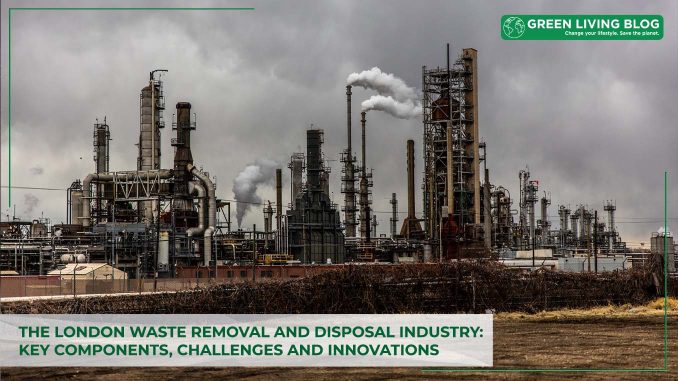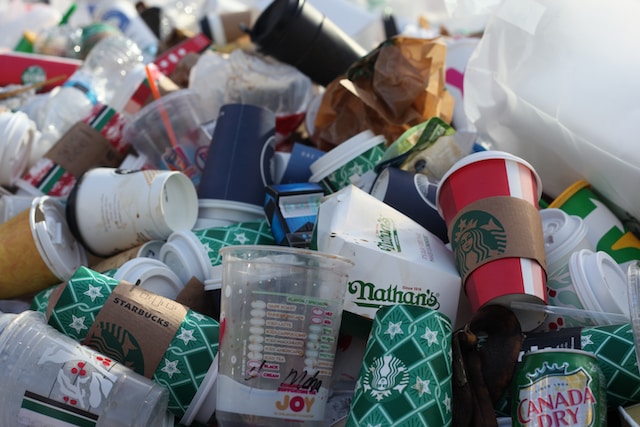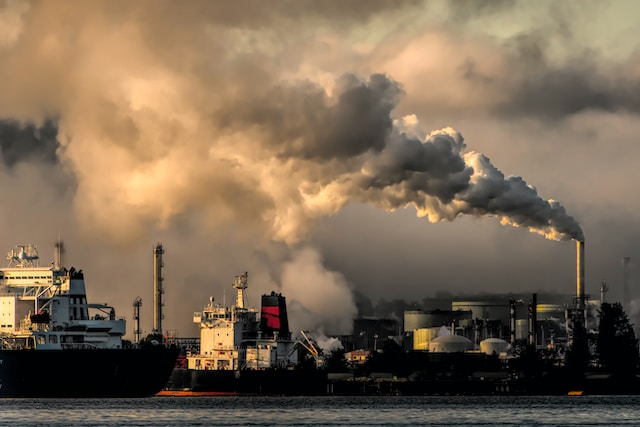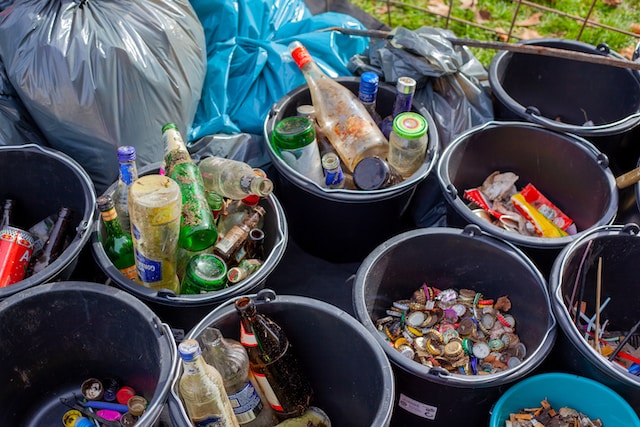
London, one of the world’s most vibrant and populous cities, generates a significant amount of waste on a daily basis.
The effective management of this waste is a crucial aspect of urban planning, public health, and environmental sustainability.
The London waste removal and disposal industry plays a pivotal role in ensuring that this waste is handled efficiently and in compliance with environmental regulations.
This article provides a detailed overview of the industry, including its key components, challenges, and innovations.
Components of the London Waste Removal and Disposal Industry

1. Collection Services
The first step in the waste management process is collection. This involves the pickup of waste from various sources, including residential, commercial, and industrial areas. In London, this is typically handled by both public and private waste collection companies. Public services are provided by local authorities, while private companies often cater to commercial and industrial entities.
2. Transfer Stations
Once collected, waste is transported to transfer stations. These facilities act as intermediate points where waste is sorted, aggregated, and often compacted before being transported to its final destination. Transfer stations are strategically located to minimize transportation costs and reduce the environmental impact of waste transport. London waste removal services also offer to transport waste here.
3. Waste Treatment Facilities
London boasts a diverse range of waste treatment facilities. These include:
Incineration Plants
These facilities burn waste at high temperatures, converting it into energy. Modern incineration plants incorporate advanced filtration systems to minimize emissions.
Landfills
While considered less environmentally friendly, landfills are still a necessary component of waste management. In London, stringent regulations govern landfill operations to mitigate environmental impact.
Recycling Centres
These play a critical role in diverting recyclable materials from landfills. London has an extensive network of recycling centres that process materials such as paper, plastic, glass, and metals.
Composting Facilities
Organic waste, such as food and garden waste, is processed in composting facilities. Here, it is transformed into nutrient-rich compost, which can be used to enrich soil.
4. Waste-to-Energy Plants
London has been at the forefront of waste-to-energy technology. These plants utilize advanced techniques to generate electricity or heat from waste materials. This not only reduces the volume of waste going to landfills but also contributes to the city’s renewable energy goals. Discover more about carbonisation plants here.
Challenges Facing the Industry

1. Population Growth and Urbanization
London’s ever-expanding population places increased pressure on the waste management system. This necessitates the continuous adaptation and expansion of waste removal and disposal infrastructure.
2. Environmental Concerns
Balancing the need for efficient waste removal with environmental sustainability is a complex challenge. Stricter regulations and growing public awareness demand that waste management practices be as eco-friendly as possible.
3. Technological Advancements
Keeping pace with evolving technologies is vital for the industry. This includes investments in state-of-the-art waste treatment and recycling technologies to improve efficiency and reduce environmental impact.
Innovations in London’s Waste Management Industry

1. Smart Waste Management Systems
Technological solutions, such as IoT-enabled sensors, allow for real-time monitoring of waste levels in bins. This data helps optimize collection routes, reducing fuel consumption and emissions.
2. Advanced Sorting Technologies
Automated sorting systems use robotics and artificial intelligence to separate recyclable materials from mixed waste streams. This significantly improves recycling rates and reduces contamination.
3. Circular Economy Initiatives
London is increasingly focusing on circular economy principles. This involves minimizing waste generation by reusing, refurbishing, and recycling materials, thereby reducing the demand for new resources.
Conclusion
The London waste removal and disposal industry is a dynamic and multifaceted sector that plays a vital role in maintaining the city’s cleanliness and environmental health.
With the challenges posed by a growing population, increasing environmental concerns and waste crime, the industry continues to evolve, adopting innovative technologies and sustainable practices.
Through strategic planning, technological advancements, and a commitment to sustainability, London is positioning itself as a leader in urban waste management.
![]()
Author Profile

- Eco Warrior by day, Eco Blogger by night trying to get the eco balance right.
Latest entries
 BusinessOctober 17, 2024Effective Strategies to Prevent Corn Field Losses and Maximize Yields
BusinessOctober 17, 2024Effective Strategies to Prevent Corn Field Losses and Maximize Yields EnvironmentOctober 4, 2024Why Choose Eco Animal Bedding For Your Small Animals?
EnvironmentOctober 4, 2024Why Choose Eco Animal Bedding For Your Small Animals? BusinessSeptember 26, 20243 Tips for understanding your Metal Fabrication Requirements for Building Projects
BusinessSeptember 26, 20243 Tips for understanding your Metal Fabrication Requirements for Building Projects Green Expert GuidesSeptember 17, 2024How to Choose the Right Municipal Water Treatment Solutions
Green Expert GuidesSeptember 17, 2024How to Choose the Right Municipal Water Treatment Solutions





Leave a Reply
You must be logged in to post a comment.